Building a safe space for a cat might seem like a simple task, but the profound impact it has on your feline friend is nothing short of extraordinary. Cats, known for their aloof demeanor, often keep their emotional world closely guarded. However, when a cat deems you their safe space, a world of trust and affection unfurls—a world filled with headbutts, purrs, and a unique bond that transcends the ordinary pet-owner relationship. In this article, we delve deep into what it means to become a cat’s safe haven, exploring the changes in behavior, the emotional signals, and the science behind these feline transformations.
Understanding a Cat’s Need for Safety
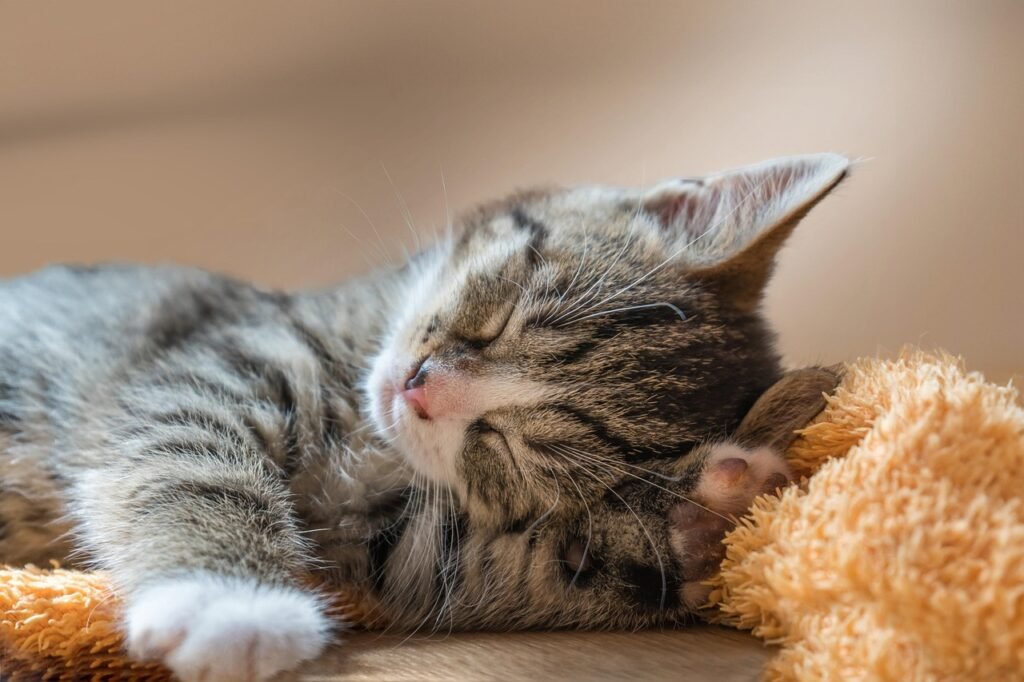
Cats are naturally cautious creatures, with instincts honed through eons. Their evolutionary roots as both predators and prey imbue them with a unique perspective on safety. The need for a secure space is ingrained in their behavior, providing them a sanctuary where they can relax and let their guard down. This is why creating a safe space is essential for your cat’s mental and physical well-being.
The Trust-Building Process
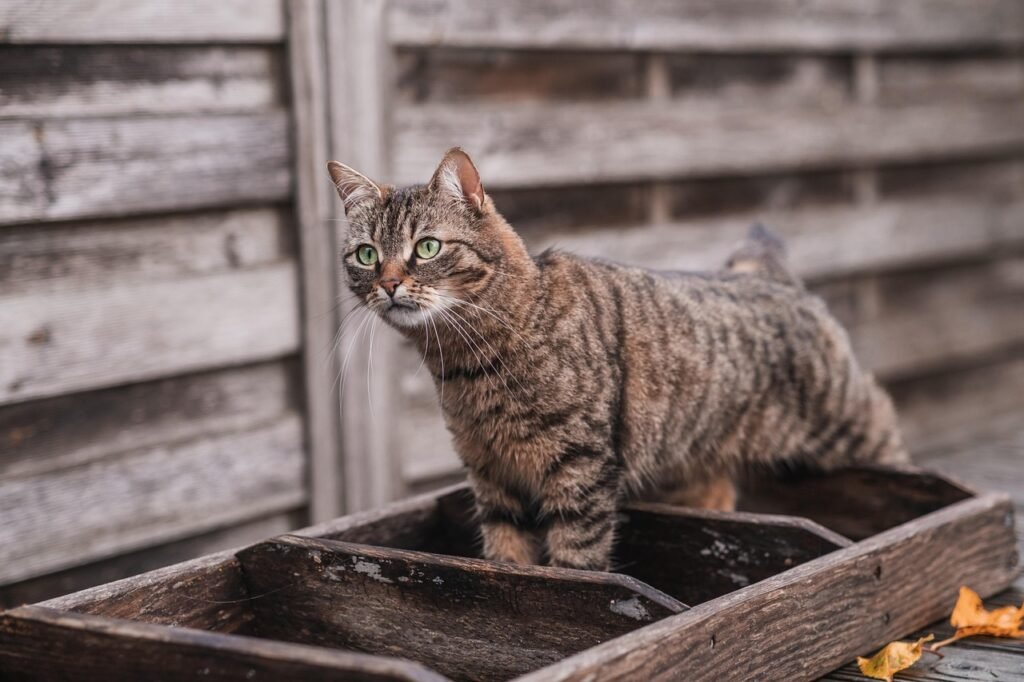
Gaining a cat’s trust is a journey, not a destination. Unlike dogs, who often exhibit open enthusiasm, cats require patience and understanding. It begins with consistent and gentle interaction. Over time, your cat will start to associate your presence with safety and comfort, gradually lowering their defenses in your presence.
Signs Your Cat Sees You as a Safe Space

When a cat feels secure around you, there are several telltale signs. They may knead on you, a behavior that harks back to kittenhood and maternal comfort. They might sleep next to you or choose your lap as their preferred napping spot. These behaviors indicate their trust and affection, signifying that they see you as a sanctuary.
The Science Behind Cat Affection
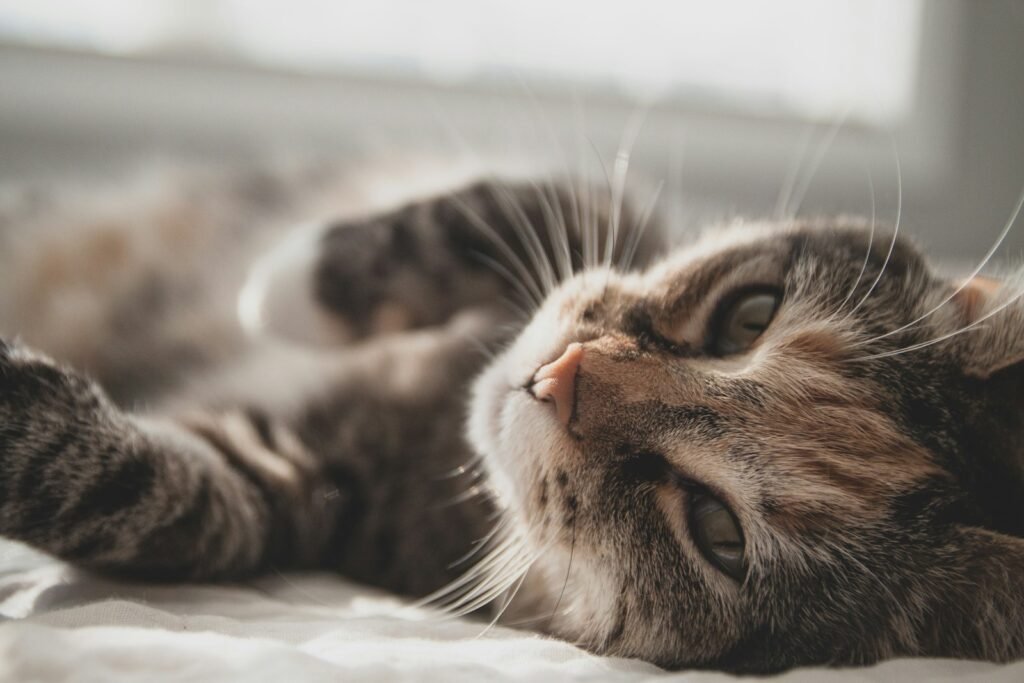
The relationship between a cat and its owner goes beyond mere survival. Scientific studies suggest that cats develop social bonds with their humans akin to the parent-infant attachments observed in other species. The production of oxytocin—the “love hormone”—in both cats and their owners during positive interactions, supports this bond, reinforcing the feeling of being a safe space.
How Being a Safe Space Benefits Cats
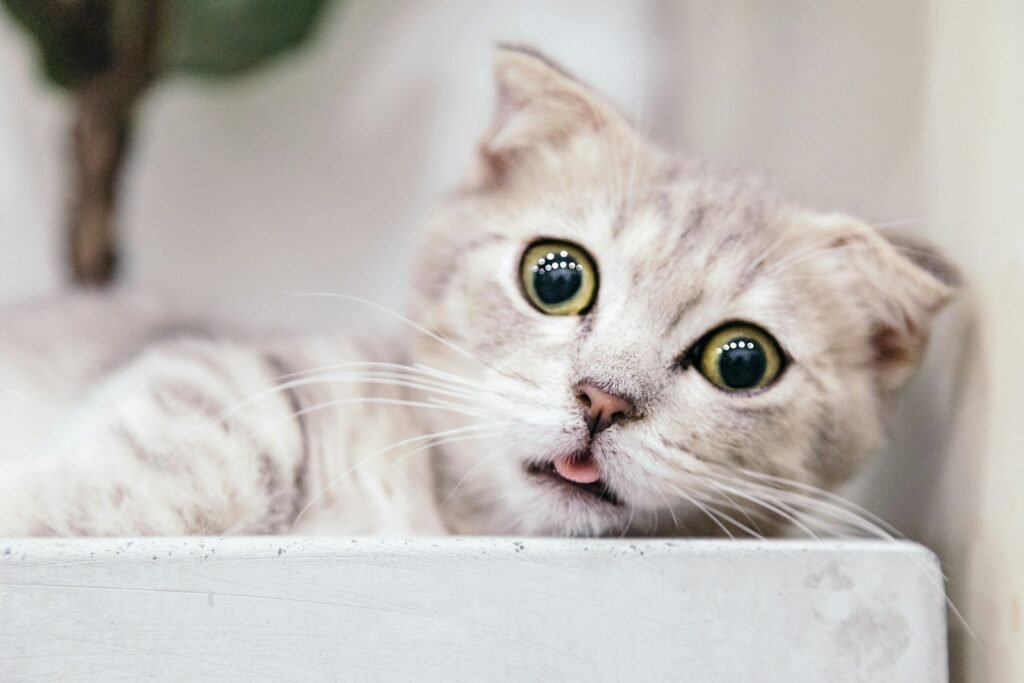
Cats that experience security in their environment show less anxiety and stress. As a result, they exhibit healthier eating and grooming habits and better overall health. A safe space encourages exploratory behavior and playful interactions, which are vital for their mental and physical development.
Building a Comforting Environment
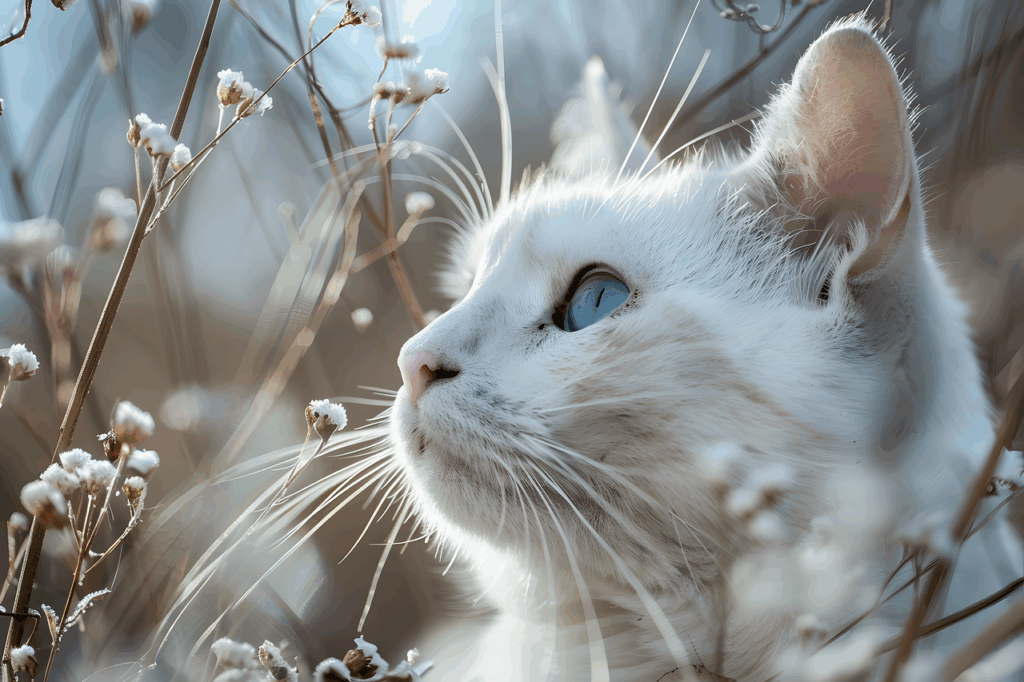
Creating an environment where cats feel safe goes beyond emotional support. It involves providing them with physical spaces where they can retreat and relax. A cozy bed, hiding spots, and vertical spaces like cat trees can contribute to their sense of security.
The Role of Routine in Feline Security
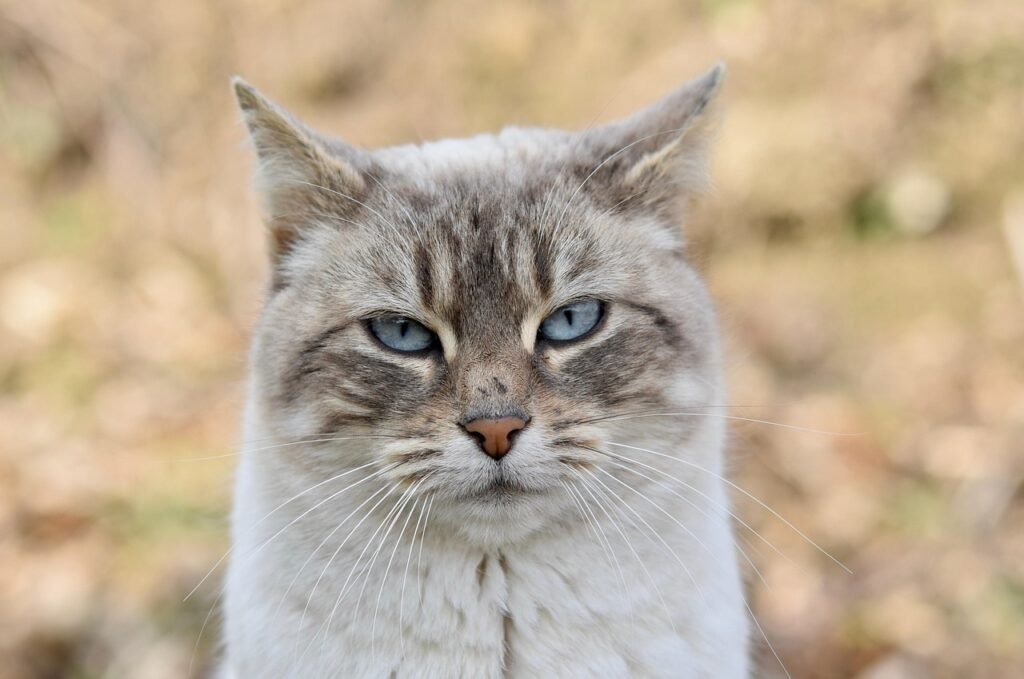
Cats thrive on predictability, so establishing a daily routine helps reduce stress. Regular feeding times, consistent social interaction, and playtime can all help reinforce the structure and security cats crave. This consistency tells your cat that their world is stable and safe.
Understanding and Respecting Boundaries
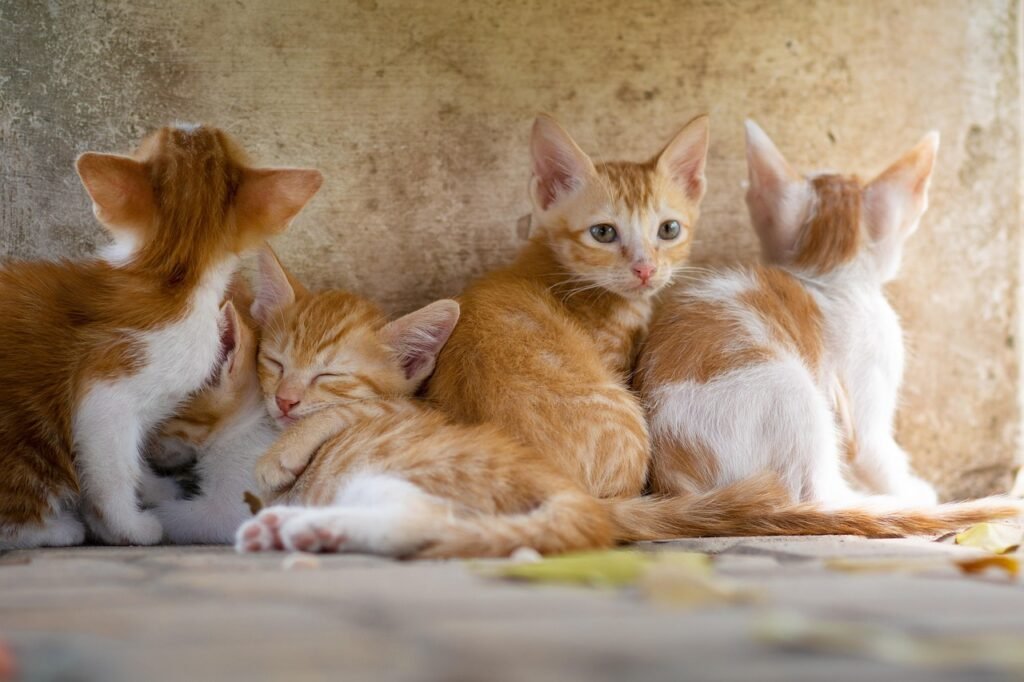
One of the cornerstones of building trust with your cat is respecting their boundaries. Avoid forcing interactions and let them come to you. By respecting their space and behaviors, you nurtures their autonomy and enhance their feelings of safety.
The Impact of Your Emotional State
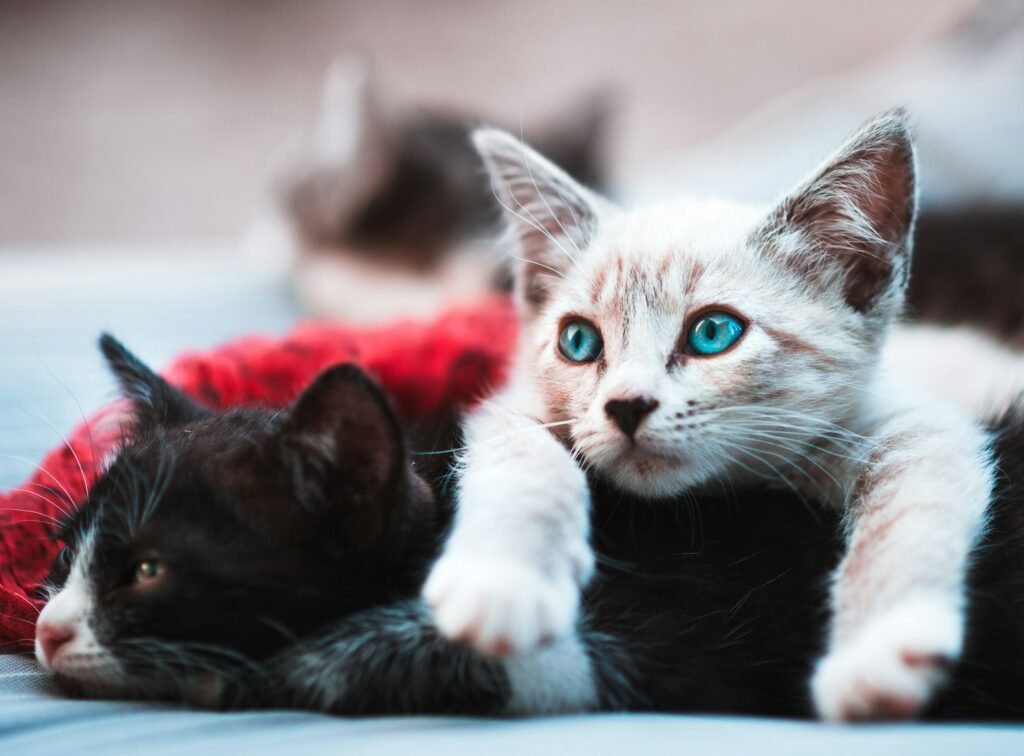
Cats are sensitive to the emotional states of their humans. They can detect changes in your tone of voice, body language, and behavior, which can influence their sense of security. Remaining calm and composed during interactions helps reinforce their feeling of safety.
Enriching Your Cat’s Environment
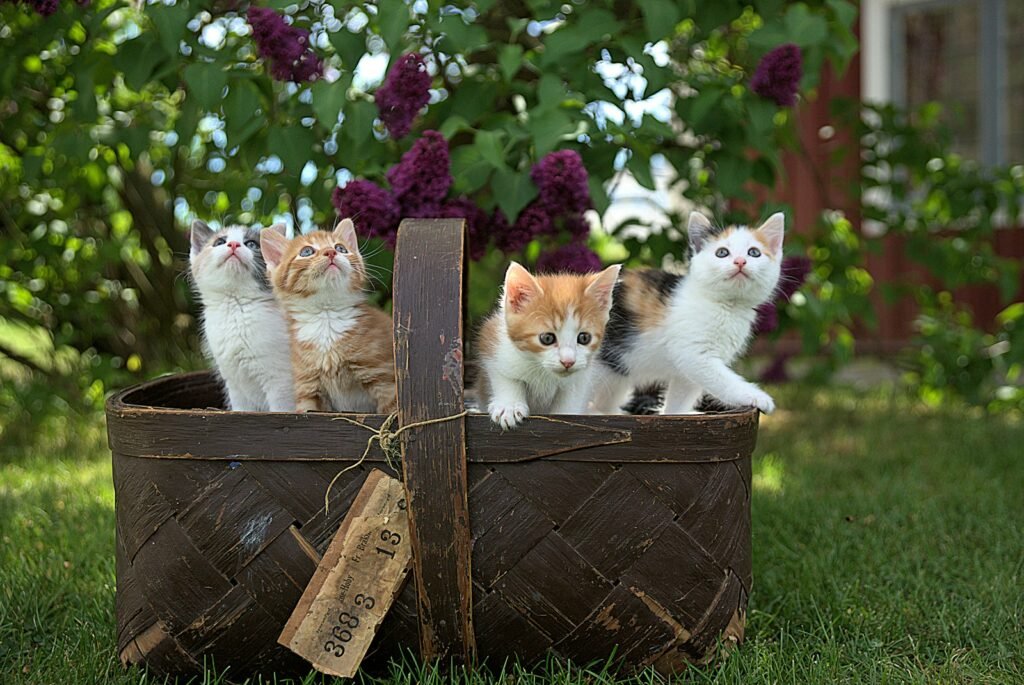
An enriched environment is key to a cat’s happiness. Provide toys, scratching posts, and varied play activities to stimulate their minds. These elements not only enhance physical health but also contribute to an emotionally secure habitat.
Forming a Mutual Bond of Safety
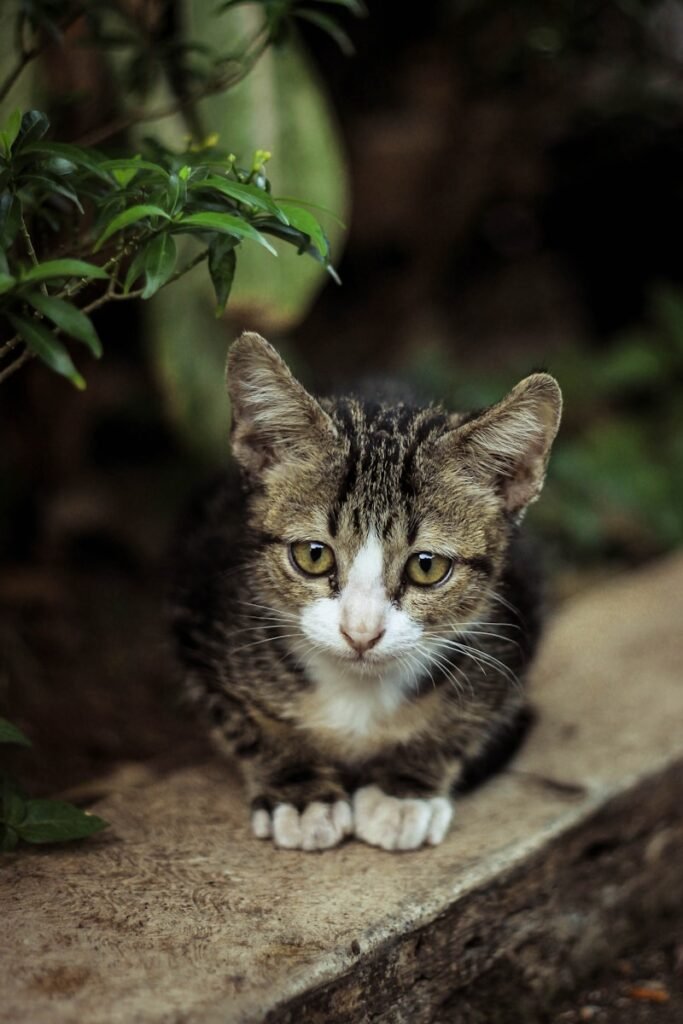
When your cat sees you as their safe space, the bond becomes mutual. This relationship provides comfort and reassurance not only to the cat but also to the human companion. The exchange of trust and love is a rewarding experience that fosters a deep connection.
Adapting to Stressful Situations
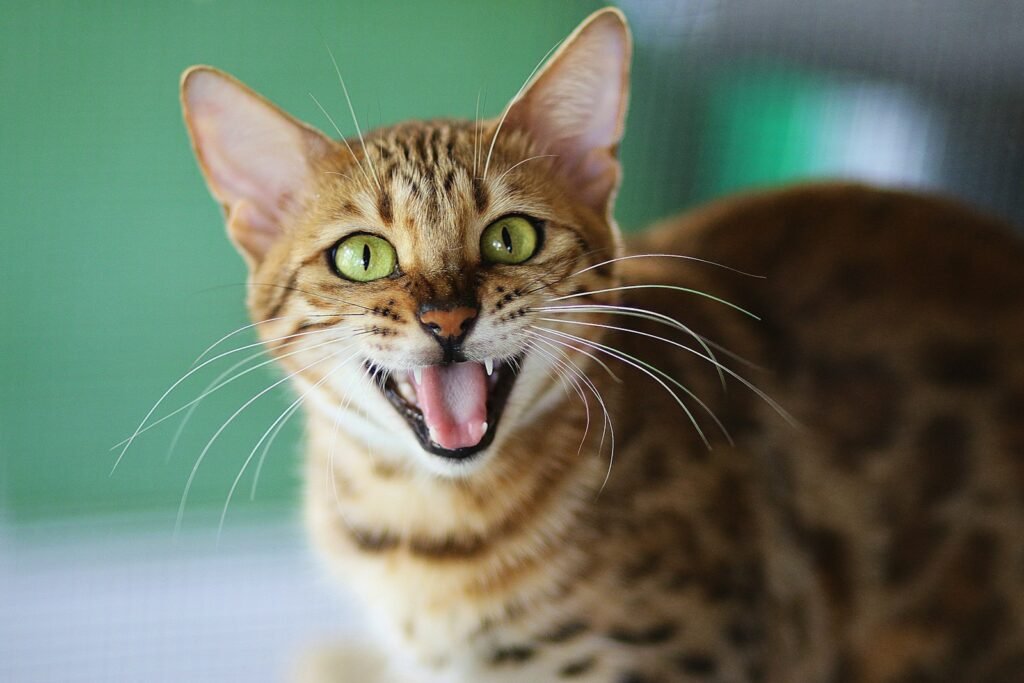
Cats often respond to stressful situations—like vet visits or the arrival of new family members—by retreating to their safe space. Your presence during such times can help mitigate their anxiety, offering them a solid foundation of support and familiarity.
The Healing Power of a Strong Human-Cat Bond
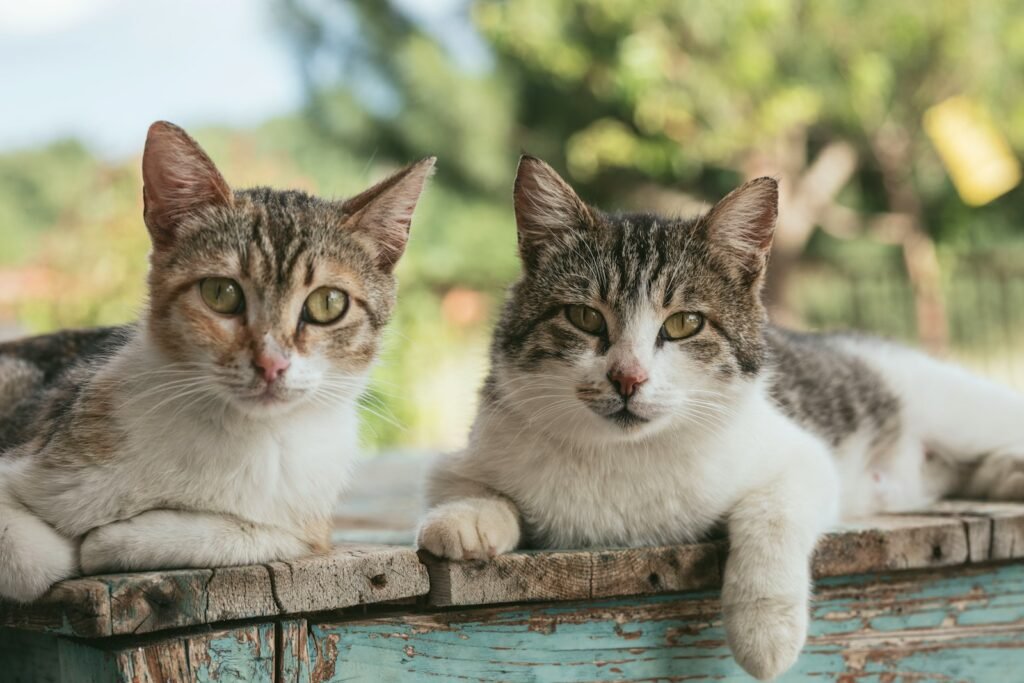
The harmony between a cat and their owner can have therapeutic benefits for both parties. Studies show that interactions with pets can reduce stress, lower blood pressure, and improve overall well-being. For cats, having a human they trust adds an essential layer of emotional security to their lives.
Conclusion: The Joy of Being a Safe Space
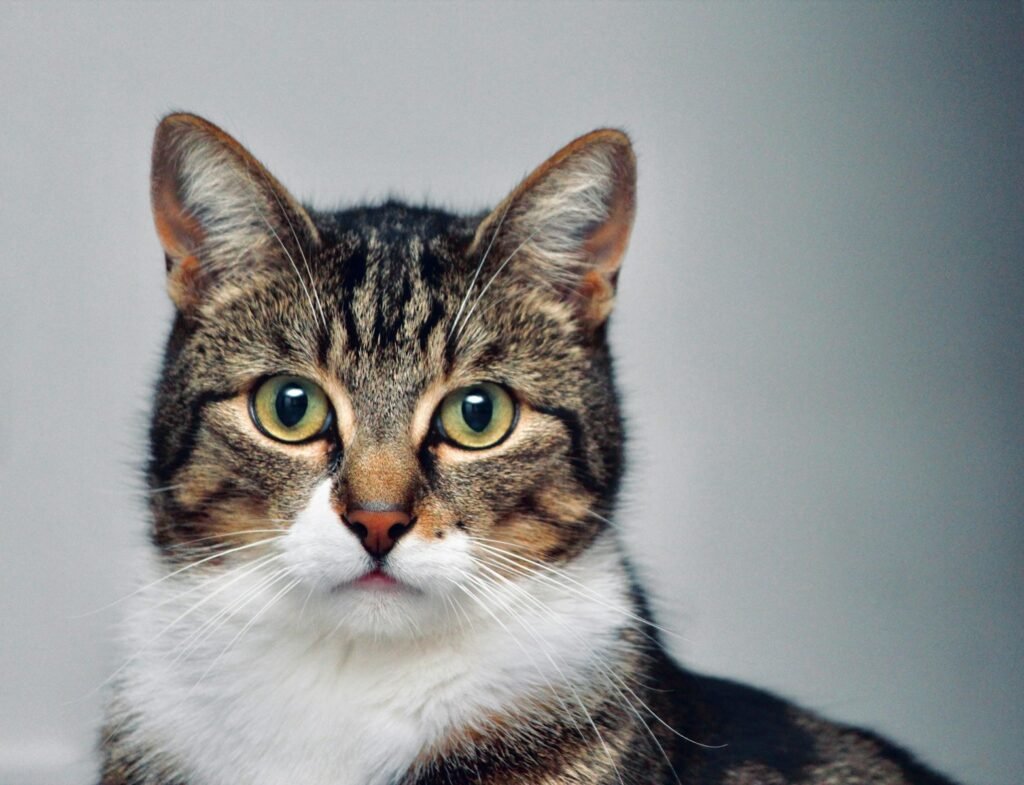
Becoming a cat’s safe space is a fulfilling and profound journey. It requires understanding, patience, and respect but rewards you with trust, companionship, and unconditional love. As you and your cat navigate life together, the bond forged through this shared sense of security forms the foundation of a joyful, enriching relationship for years to come.
Hi, I’m Bola, a passionate writer and creative strategist with a knack for crafting compelling content that educates, inspires, and connects. Over the years, I’ve honed my skills across various writing fields, including content creation, copywriting, online course development, and video scriptwriting.
When I’m not at my desk, you’ll find me exploring new ideas, reading books, or brainstorming creative ways to solve challenges. I believe that words have the power to transform, and I’m here to help you leverage that power for success.
Thanks for stopping by, Keep coming to this website to checkout new articles form me. You’d always love it!





